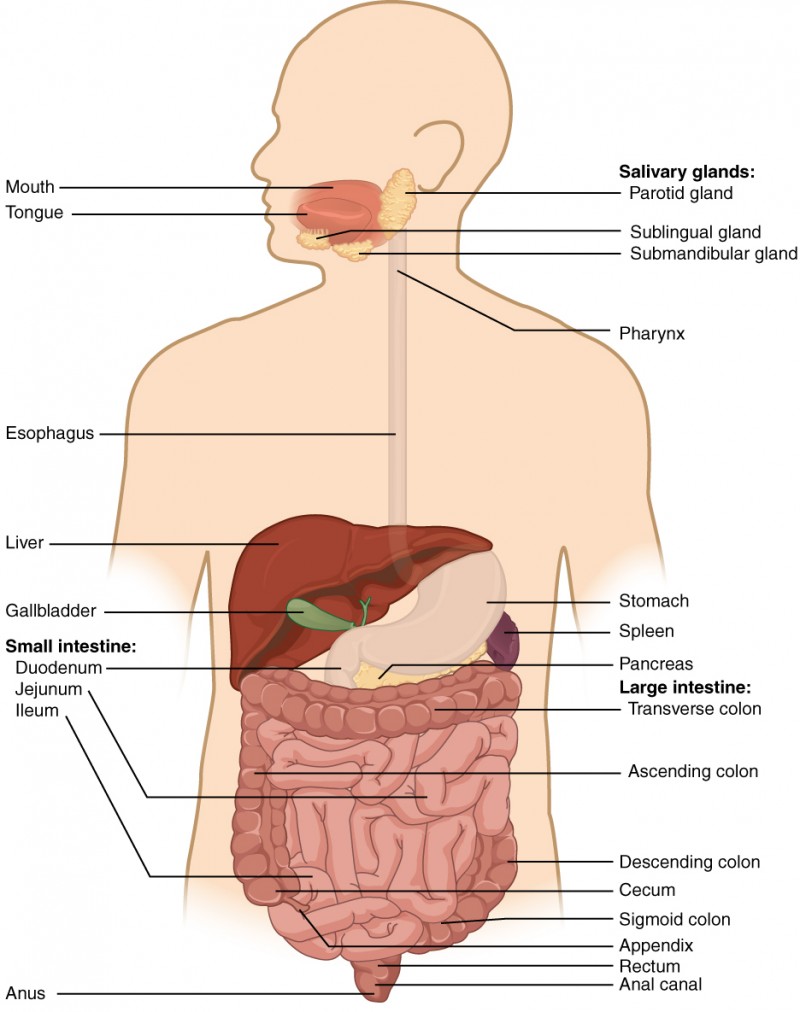MCQ ON DIGESTIVE GLANDS class 11 for NEET | DIGESTIVE GLANDS class 11 | MCQ DIGESTIVE GLANDS with Answer | Check the below NCERT MCQ question for class 11Biology based on the with Answers.

MCQ ON DIGESTIVE GLANDS class 11 for NEET
MCQ on DIGESTIVE GLANDS class 11 Biology with answers were prepared based on the latest pattern.We have provided class 11 Biology MCQs question with Answers to help students understand the concept very well.
MCQ ON DIGESTIVE GLANDS is useful for NEET / CSIR / UGC / CBSE / ICSE / AIIMS / EXAM / AFMC EXAM / STATE LEVEL MEDICAL EXAM 2022-23 , 2023-24
INTRODUCTION:-
The human digestive glands include salivary glands, gastric glands, liver , pancrease and intestinal glands.
There are three pairs of salivary glands
Parotid glands
Sublingual glands
Submaxillary glands or submandibular glands
Gastric glands are innumerable , microscopic , simple , tubular glands in the wall of stomach.
They have 3 more commons types of gland cells
Peptic ( chief , zymogen ) cell
Oxyntic cells that secret HCl
mucus cells which add mucus
Liver is the largest gland in the body weight about 1.6 kg.
It is located in the upper right side of the abdominal cavity.It is dark – red and spongy.
Pancreas is an elongated , yellowish gland lying partly behind the stomach in the abdomen.
Intestinal glands are numerous and microscopic .They lie in the wall of the small intestine.
They are of two types
crypts of Lieberkuhn and Brunner’s glands.
MCQ ON DIGESTIVE GLANDS class 11 for NEET
1. How many pairs of salivary glands are there ?
(a) 2 pairs
(b) 3 pairs
(c) 4 pairs
(d) 5 pairs
Ans (b) 3 pairs
2. The largest salivary glands are
(a) sublingual glands
(b) parotid glands
(c) submaxillary glands
(d) none of the these
Ans. (b) parotid glands
3.The glands lie under at the front part of tongue.
(a) parotid glands
(b) sublingual glands
(c) submaxillary glands
(d) none of these
Ans. (b) sublingual glands
4.These lie at the angle of the lower jaw.
(a) sublingual glands
(b) parotid glands
(c) submaxillary glands
(d) all the above
Ans.(c) submaxillary glands
5.Ducts of Rivinus
(a) sublingual glands
(b) parotid glands
(c) submaxillary glands
(d) all the above
Ans.(a) sublingual glands
6. Submaxillary glands is also known as
(a) ducts of Rivinus
(b) Wharton’s ducts
(c) Stenson’s ducts
(d) none of the these
Ans.(b) Wharton’s ducts
7.Saliva contains
(a) water
(b) salts
(c) mucin and ptyalin
(d) all the above
Ans.(d) all the above
8. HCl is secreted by
(a) peptic cells
(b) oxyntic cells
(c) mucous cells
(d) all the above
Ans.(b) oxyntic cells
9. Gastric glands consist of
(a) peptic cells
(b) oxyntic cells
(c) mucous cells
(d) all the above
Ans. (d) all the above
10.Acidic gastric juice have pH
(a) 2
(b) 3
(c) 4
(d) 5
Ans. (a) 2
11. The parietal cells secrets the Castle’s intrinsic gastric factor that help in the absorption of
(a) vitamin C
(b) vitamin B12
(c) vitamin A
(d) all the above
Ans.(b) vitamin B12
12. Serotonin a potent vasoconstrictor secreted by
(a) argentaffin cells
(b) endocrine cells
(c) oxyntic cells
(d) none of these
Ans . (a) argentaffin cells
13. The largest gland in the body
(a) spleen
(b) pituitary gland
(c) liver
(d) thyroid gland
Ans.(c) liver
14.Kupffer cells are found in
(a) liver
(b) stomach
(c) small intestine
(d) none of these
Ans. (a) liver
15. Brunner’s glands found in
(a) liver
(b) small intestine
(c) stomach
(d) duodenum
Ans.(d) duodenum
ALSO READ:-
● YOU CAN WATCH BIOLOGY SIR Youtube channel
16. Succus entericus
(a) stomach juices
(b) intestinal juices
(c) bile juice
(d) none of these
Ans.(b) intestinal juices







Leave a Comment